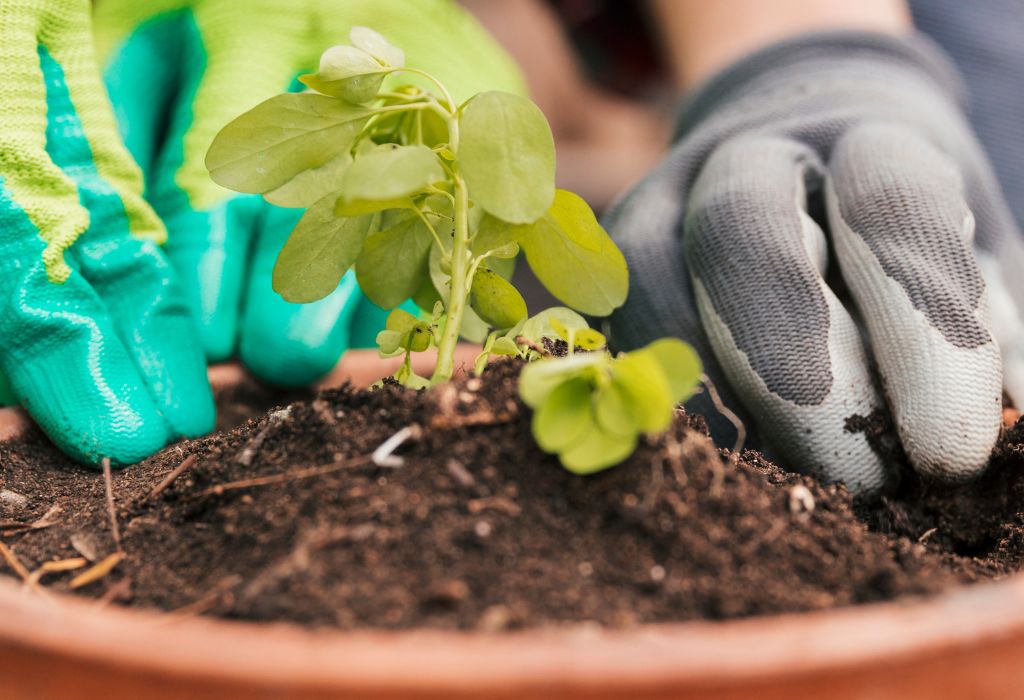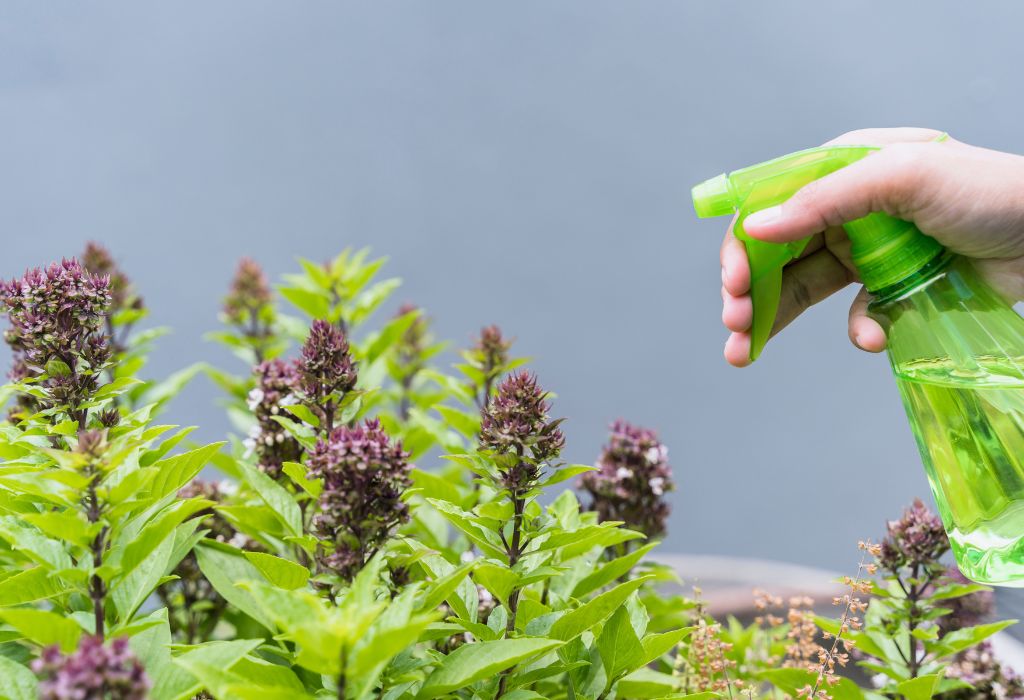Every gardener has faced the frustration of seeing strange plants appear where they do not belong.
At first glance, many weeds look like normal seedlings, making them difficult to identify.
They grow quickly, spreading across soil and crowding out flowers and vegetables.
Studies show weeds can reduce crop yields by up to 40%, highlighting their destructive power source.
Some weeds even mimic desirable plants, tricking gardeners into letting them grow longer than they should.
The confusion often leads to wasted time, lost nutrients, and weaker gardens.
The solution begins with learning exactly what weeds look like and how to recognize them early.
This guide will help you identify common weeds in gardens and understand their unique features.
What Are Weeds and Why Do They Matter?

Weeds are plants that grow in places where they are not wanted, often competing with vegetables, flowers, and shrubs. They interfere with the natural growth of desirable plants by stealing sunlight, water, and nutrients.
Unlike cultivated plants, weeds are highly adaptable and resilient. They thrive in poor soil, recover quickly after damage, and often grow faster than crops.
Weeds can be invasive and spread far beyond a single patch of soil. A few stray seedlings can soon take over entire garden beds if not controlled.
They also weaken soil health and attract pests and diseases. By ignoring them, a garden can quickly lose both productivity and beauty.
Are all wild plants weeds?
No, only those that interfere with desirable growth are considered weeds.
Why are weeds harmful?
They reduce nutrients, spread quickly, and attract pests.
Do weeds grow faster than crops?
Yes, they often outcompete flowers and vegetables.
Can weeds ever be useful?
Some can cover bare soil, but most are destructive in gardens.
What Do Weeds Look Like in a Garden? Key Features
Weeds usually grow faster than most garden plants, forming clusters that look out of place. Their aggressive spread sets them apart from slower-growing flowers and vegetables.
Many weeds develop broad leaves, fibrous roots, or creeping runners. These traits make them difficult to pull out completely once they are established.
At an early stage, weeds often resemble crops or herbs, which confuses many gardeners. With time, their irregular patterns and rapid growth expose them as intruders.
Weeds also bloom quickly, producing small flowers that spread seeds across the soil. This cycle ensures constant regrowth even after removal.
How do you identify weeds vs plants?
Weeds grow faster and spread more aggressively than crops.
Do weeds always look the same?
No, they vary in shape, leaf style, and growth habit.
Are weeds always green?
Most are green, though some have red or purple stems.
Can weeds look like vegetables?
Yes, weeds can mimic herbs or vegetables when young.
Common Types of Garden Weeds
Weeds fall into different categories that appear in almost every type of garden. Broadleaf weeds, grassy weeds, perennial weeds, and annual weeds are the most common groups.
Broadleaf weeds are identified by their wide leaves and quick spread. Dandelions with their yellow flowers, clover with three-leaf clusters, chickweed with small white blooms, and plantain with flat leaves are examples found in many beds.
Grassy weeds look like lawn grass but grow in thick, invasive patches. Crabgrass spreads fast in summer, foxtail forms bushy seed heads, and quackgrass invades through underground rhizomes.
Perennial weeds survive year after year and are very stubborn. Thistle with its spiny leaves, bindweed with twisting vines, and creeping Charlie with round leaves are some of the hardest to remove permanently.
Annual weeds grow and die in a single season but leave behind countless seeds. Purslane thrives in hot, dry soil, lamb’s quarters spread fast in fertile soil, and pigweed grows tall with thousands of seeds per plant.
Which weeds spread the fastest?
Crabgrass and purslane spread rapidly across open spaces.
What weeds grow in shade?
Clover and chickweed grow well in shaded, moist areas.
Are dandelions weeds or flowers?
They are considered weeds, though some use them as herbs.
Which weeds are hardest to remove?
Thistle and bindweed because of their deep and stubborn roots.
Do annual weeds die after one season?
Yes, but their seeds survive and sprout the next year.
Identifying Weeds vs Flowers and Vegetables

One of the most confusing parts of gardening is mistaking weeds for flowers or vegetables. At the seedling stage, many weeds look nearly identical to desirable plants.
Weeds generally grow faster and in denser clusters than flowers or vegetables. Their roots tend to spread quickly, while crops grow in a more controlled pattern.
Leaf shapes are another clue, as many weeds have irregular veins or rough edges. Some weeds even mimic herbs, tricking gardeners into leaving them in the soil.
Weeds often bloom earlier than vegetables, producing smaller flowers and seeds. This quick cycle makes them noticeable if you watch closely.
How do I avoid pulling the wrong plant?
Check growth patterns, as weeds sprout and spread faster than crops.
Do weeds sprout earlier than vegetables?
Yes, many weeds germinate before vegetables.
Can technology identify weeds?
Yes, plant ID apps and online guides can help.
Can weeds be mistaken for herbs?
Yes, some weeds mimic basil, parsley, or other leafy herbs.
Why Identifying Weeds Early Matters
Identifying weeds early prevents them from spreading across the garden. Young weeds are much easier to remove before their roots strengthen.
Catching weeds early protects soil health and prevents nutrient loss. This ensures that vegetables and flowers get the resources they need to grow.
Weeds that are allowed to flower release thousands of seeds. These seeds can remain dormant in the soil and sprout year after year.
Early removal also saves gardeners hours of work. A few minutes spent pulling seedlings can prevent weeks of battling mature weeds later.
How fast can weeds spread?
Some produce thousands of seeds within a single season.
Do weeds damage soil?
Yes, they weaken soil by draining water and nutrients.
Can weeds attract pests?
Yes, weeds often provide shelter for insects and diseases.
Is pulling weeds early enough?
Yes, but prevention and monitoring are also necessary.
Methods to Control and Manage Weeds

Manual removal remains one of the most reliable options. Pulling weeds by hand or hoeing ensures roots are removed before they grow back.
Mulching is another effective method to block sunlight from reaching seeds. Organic mulch or gravel layers prevent weeds from germinating in bare soil.
Pre-emergent herbicides can be applied before weeds sprout. These create a protective layer in the soil that stops seeds from developing.
Natural remedies like vinegar, boiling water, and salt can also help in small areas. For long-term results, combining physical, chemical, and eco-friendly methods is the best strategy.
What’s the fastest way to kill weeds?
Boiling water or herbicides kill weeds quickly.
Do natural weed killers work in gardens?
Yes, but they may require repeated use.
Can mulch really stop weeds?
Yes, thick mulch blocks sunlight and reduces growth.
Is chemical control safe for pets?
Yes, but only when used carefully and after it dries.
Conclusion
Weeds may seem small at first, but their fast growth and spreading roots make them a serious threat to any garden. Recognizing them quickly is the first step toward prevention.
By learning what weeds look like in a garden, you can protect flowers, vegetables, and soil from damage. Identifying their traits helps separate them from desirable plants.
Early detection makes removal easier, saving time and keeping gardens healthier. Regular monitoring ensures that weeds never get the chance to take over.
With consistent prevention and smart management, any gardener can maintain a thriving, weed-free garden.
I’m Maya L. Greenwood, a lifelong plant lover who believes anyone can grow something beautiful with the right guidance. After years of testing soil mixes, pruning methods, irrigation tricks, and pest-safe solutions, I started EasyGardenTips.com to turn hard-won lessons into step-by-step advice. From seed starting and container gardens to composting and seasonal checklists, my goal is to make gardening simple, sustainable, and fun.
